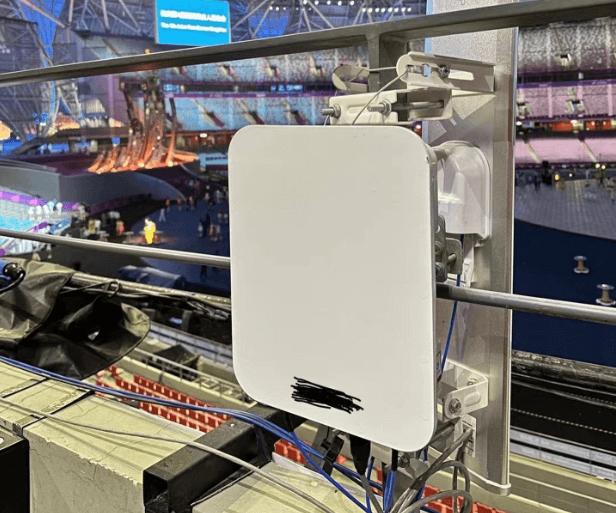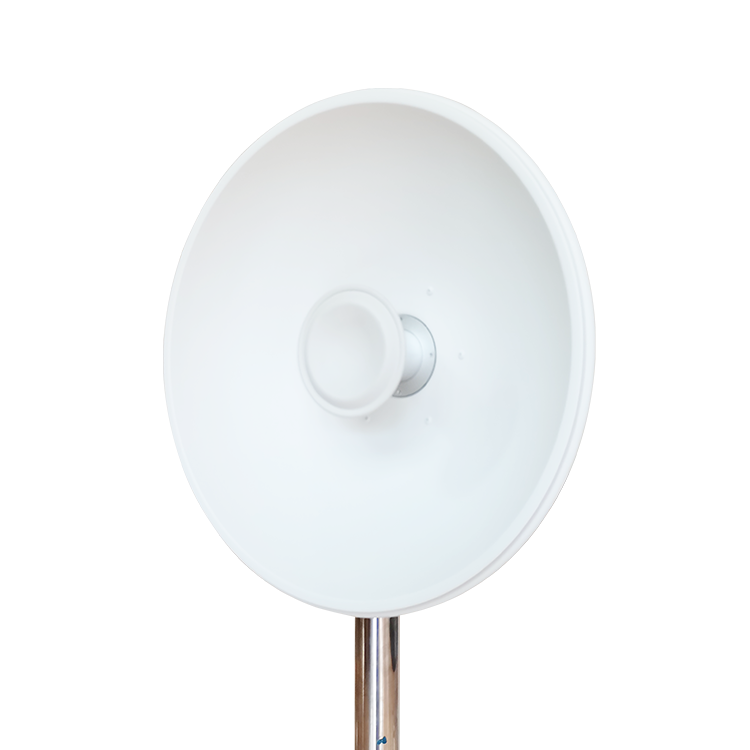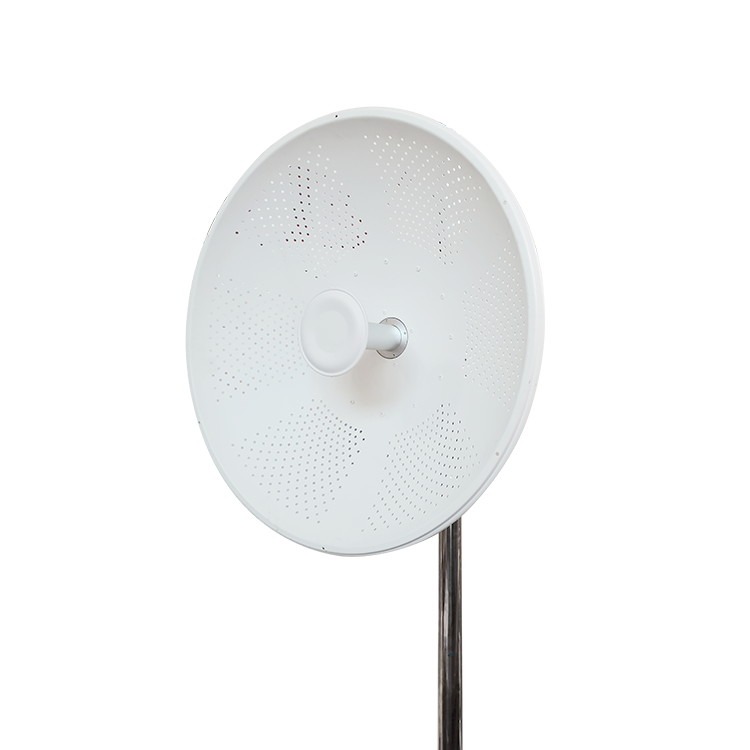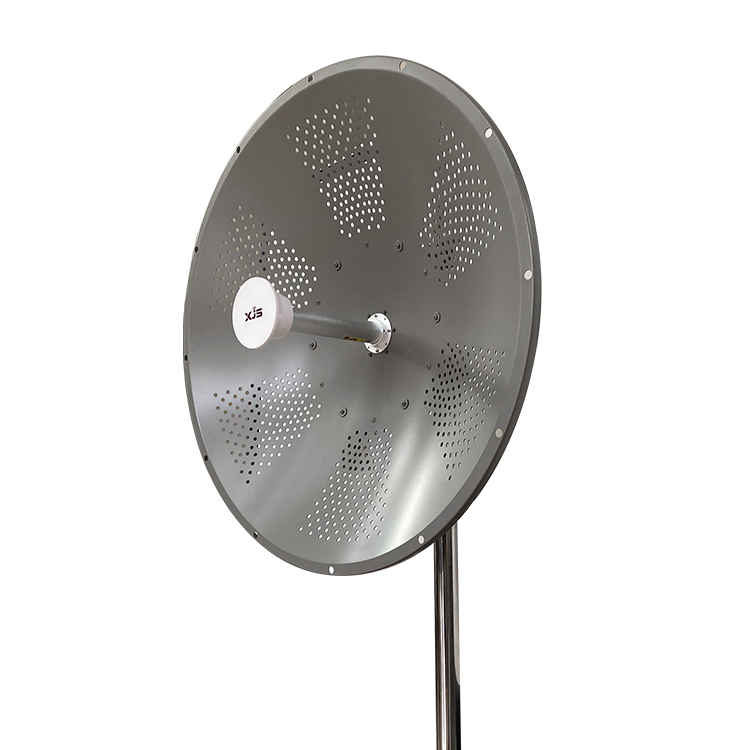As we all know, many types of outdoor antennas serve various purposes. The sector antenna is one of the most commonly used antennas in the current internet world. However, many people may have no idea what the pros and cons of the sector antenna are and just buy it. In this post, the author will give an illustration of the advantages and disadvantages of sector antennas.
How Does the Sector Antenna Work?
Before knowing the pros and cons of the sector antenna, it is necessary to know the working principle of this antenna. The sector antenna provides a pie-shaped (sector) radiation pattern and offers a beamwidth ranging from 60 to 180 degrees. The sector antenna works for the directionality and focused signal transmission.
The sector antenna has a long and narrow shape, so it forms a fan-shaped radiation pattern that is wide in the horizontal direction and relatively narrow in the vertical direction. The operator can adjust the coverage area by the projection of the radiation pattern on the ground by changing the downdip angle of the pattern.
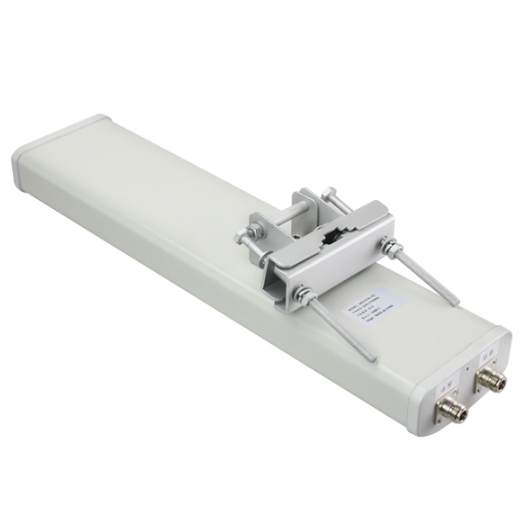
What Are the Advantages of Sector Antenna?
The sector antenna is a unique antenna that only transits and receives concentrated signals in one direction. Thanks to this unique feature, the external wifi sector antenna also gives you fabulous advantages for your applications.
●Focused Coverage
Due to its unique design, the sector antenna concentrates the signal strength within a defined sector, providing a higher gain in that specific direction. This focused coverage allows for more precise targeting of a specific area, increasing signal strength and range within that sector.
●Improved Signal Quality
By focusing the signal within a particular sector, sector antennas can reduce interference and noise from surrounding areas, enhancing the overall signal quality within the coverage area. Therefore, the wifi sector antenna is a good choice for areas that are keen on a stable and reliable connection, especially for crowded or high-interference areas.
●Enhanced Throughput and Capacity
Sector antenna is commonly used in point-to-multipoint setups, such as in wireless internet service providers (WISPs) or cellular networks. It enables higher throughput and increased capacity by efficiently serving multiple users or devices within the targeted sector.
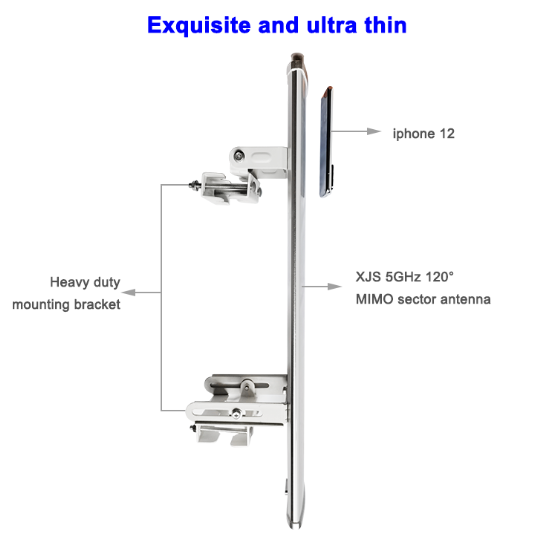
●Better Spatial Reuse
With its directional nature, sector antenna allows for better spatial reuse of the frequency spectrum. It can be deployed in adjacent sectors with minimal interference, enabling the same frequencies to be reused in different sectors without causing significant interference between them.
●Longer Range
Compared to the omnidirectional antenna, the sector antenna typically has a longer range within its targeted sector due to its higher gain and focused radiation pattern. This makes them particularly useful for applications requiring long-range connectivity in a specific direction.
●Scalability and Flexibility
The sector antenna comes in various beam widths, allowing for flexibility in coverage area and scalability. Operators can choose different beam widths based on specific requirements, adjusting the coverage area and capacity as needed without overextending the signal or wasting resources.
What are the Disadvantages of Sector Antenna?
Although the focused design of the sector antenna brings several benefits to your projects, you also need to know its drawbacks to ensure the sector antenna is good for your projects.
●Limited Coverage Area
The sector antenna provides focused coverage within a specific sector or angle. However, this focused coverage means that they might not be suitable for applications requiring omnidirectional coverage. Areas outside the defined sector might receive weaker signal strength, necessitating additional antennas for complete coverage.
●Complex Installation
The sector antenna requires more complex and careful placement to ensure effective working. To achieve optimal coverage, you need to take the proper alignment, and height considerations, and avoid obstacles in the installation process. Improper installation can lead to coverage gaps or interference issues.
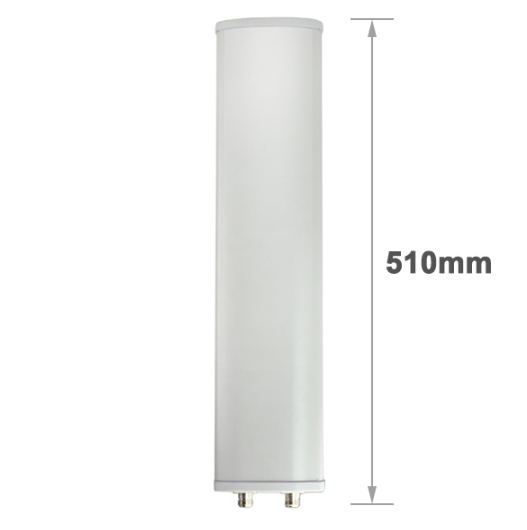
●Narrower Coverage Angle
While the directional nature of sector antennas is an advantage, it can also be a limitation. The narrower coverage angle means that more antennas might be needed to cover the same area compared to omnidirectional antennas, increasing deployment complexity and cost.
●Maintenance and Adjustment
Sector antennas might require more frequent adjustments or maintenance due to their directional nature. In other words, changes in environmental conditions or nearby structures might require the repositioning or fine-tuning of the sector antennas to maintain optimal performance.
Conclusion
Finally, there is no perfect antenna that can meet all connection needs in the world. The sector antenna is specially designed for focused signal transmission, so it would be the best choice for some projects that have specific signals.
XJS is rewarded as one of the best sector antenna manufacturers in China. With the independent production line and engineering team, XJS can offer a competitive sector antenna price.
